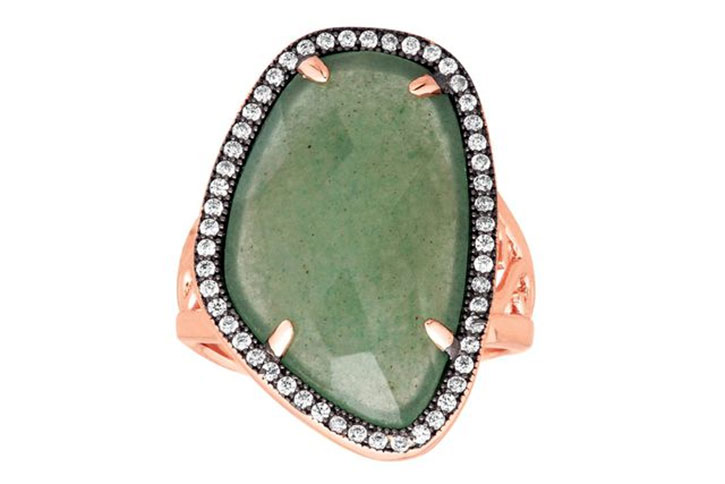Amethyst Facts: Common Amethyst Questions, Answered
The lure and appeal of amethyst have been around for thousands of years. The gemstone has had quite the history, going from one of the most exclusive stores in the world to one of the most accessible. From jewels only royalty could wear to a simple and affordable birthstone ring, amethyst has transitioned from nobility to everybody. One thing hasn’t changed, though, amethyst’s rich and inviting purple shades and eye-catching brilliance.
Join me in lightly exploring some interesting amethyst facts as we answer some of the most commonly asked amethyst questions.
1. What is Amethyst?
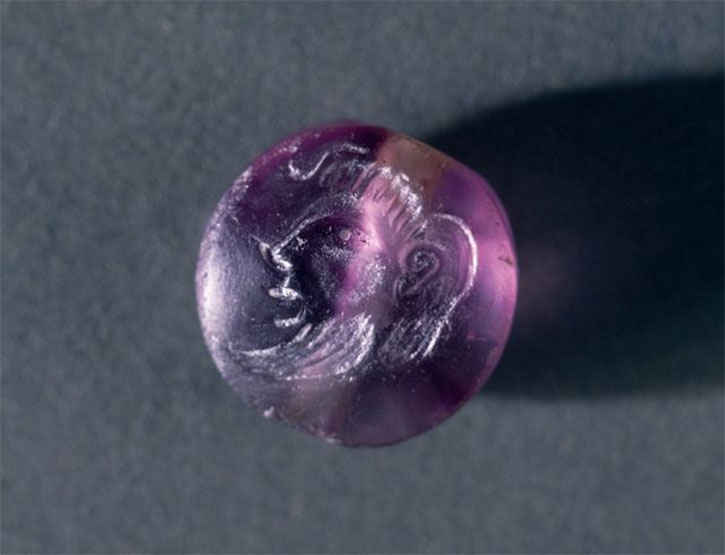
Amethyst is the most well-known variety of quartz and has been for quite some time. It ranks 7 on the Mohs Scale of Hardness and is durable enough for everyday wear.
2. Is Amethyst a Rock, Crystal or a Mineral?
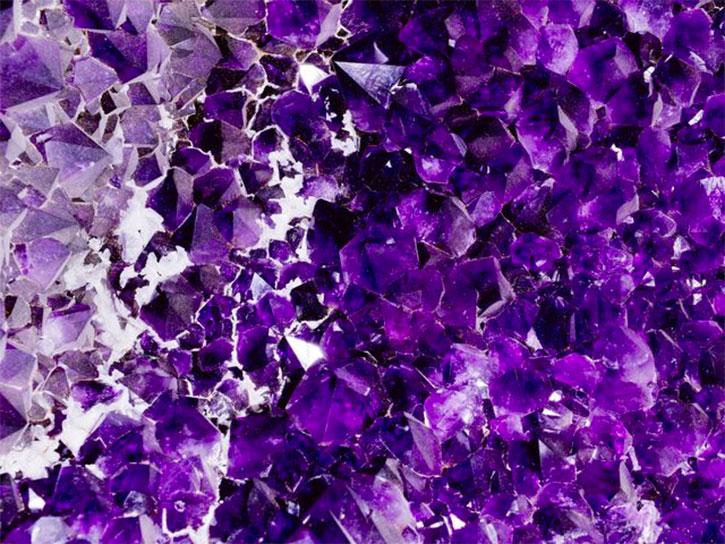
Amethyst is both a crystal and a mineral.
A mineral is any non-organic naturally occurring solid substance. Most minerals are also crystals. A crystal is a solid substance that has its contents arranged in a repeating, symmetrical pattern.
A rock is not a mineral but is, by definition, a combination of many different minerals and other substances.
3. What Color is Amethyst?
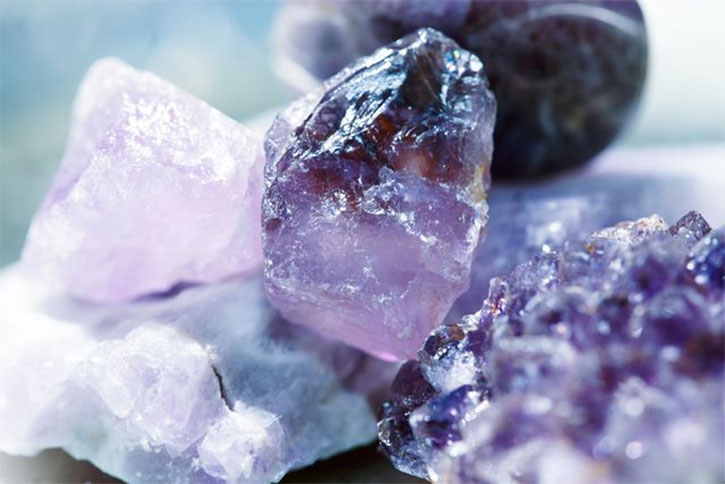
Amethyst is predominately purple though there is also a green variety. The stone gets its purple hue from trace amounts of iron, aluminum, and other elements. The violet hues range from a light lilac to a deeply saturated eggplant. The most desirable shades of amethyst have no color zoning, have reddish undertones or flashes, and are deeply colored. However, the color must not be so deep that it impacts the overall brilliance of the stone.
4. What is the History of Amethyst?
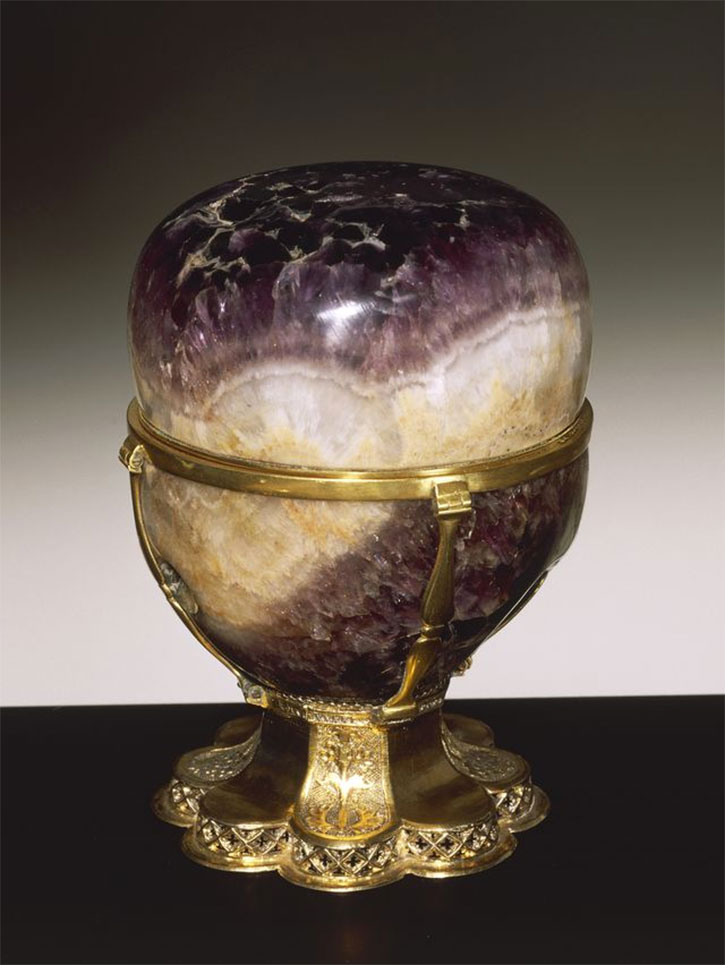
Amethyst has been used since ancient times, dating as far back as the ancient Egyptians. Amethyst gets its name from the Greek word “amethystos” which translates as “not drunk.”
In fact, legend or myth has it that amethyst could actually prevent against drunkenness. If you were to drink wine out of an amethyst cup, you would be spared from the ill effects of intoxication.
Not only was amethyst used in jewelry, but it was also carved into chalices (for the wine, of course), vases, amulets, and other art objects.
The image featured here depicts a gilded silver (or vermeil) vase from the 15th century. The beautiful heirloom traces back to Florence, Italy and is just one example of how amethyst has been used throughout history.
Look back up to the very first image we featured in this article. It shows an incredible amethyst seal that has a carved male figure. This piece is from Greece and dates back to the Mycenaean Civilization from the16th century BC. That makes that heirloom over 3,500 years old!
5. How Valuable is Amethyst?
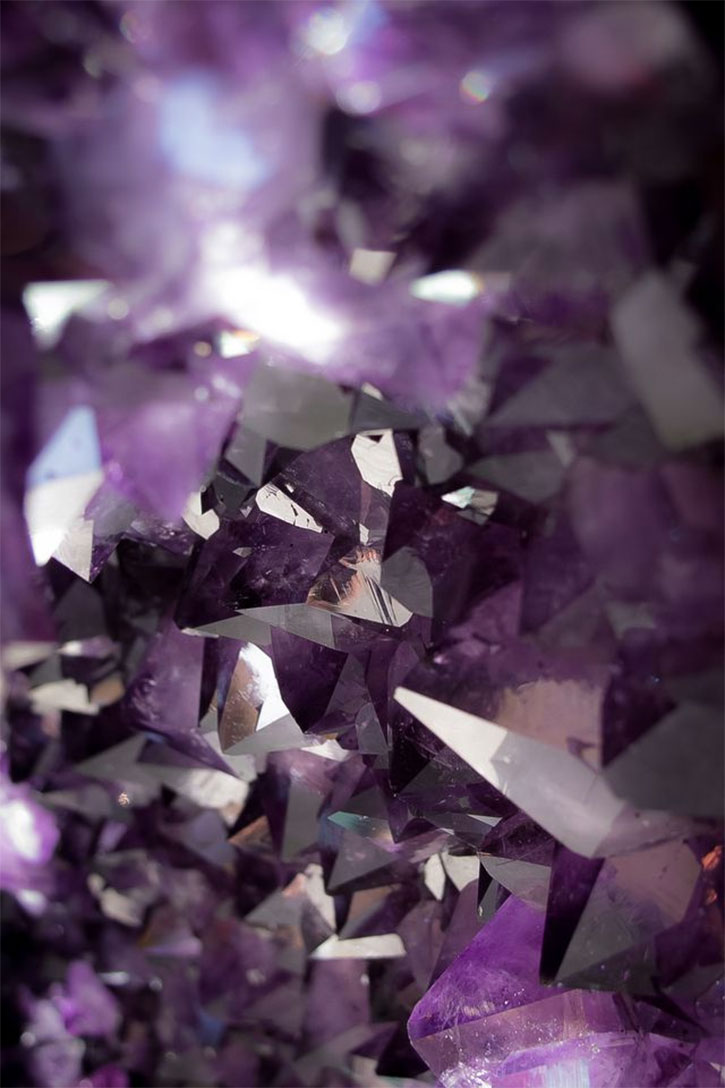
Amethyst used to be as expensive as emeralds and rubies until the late Georgian era. It wasn’t until large deposits of amethyst were found in Brazil that the stone was made readily available to the masses. Nowadays, amethyst is one of the most affordable gemstones, even in its natural state.
The amazing thing about amethyst is that the exact same gemstone that would be part of the most prized jewelry piece in the world could also be affordable enough to be part of a very modest mother’s ring.
6. Where is Amethyst Found?
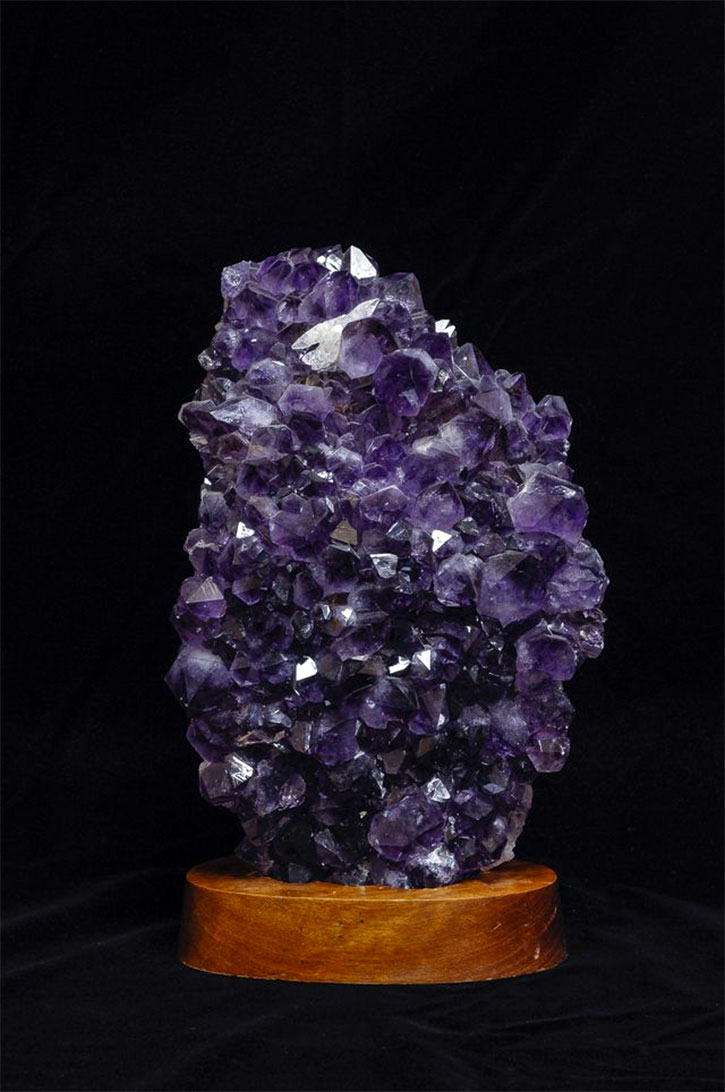
According to GIA’s amethyst sources map, amethyst is predominately found in Zambia, Uruguay, Brazil, and Arizona.
Brazil remains the world’s leading source for amethyst.
7. What is the Amethyst Birthstone Month?
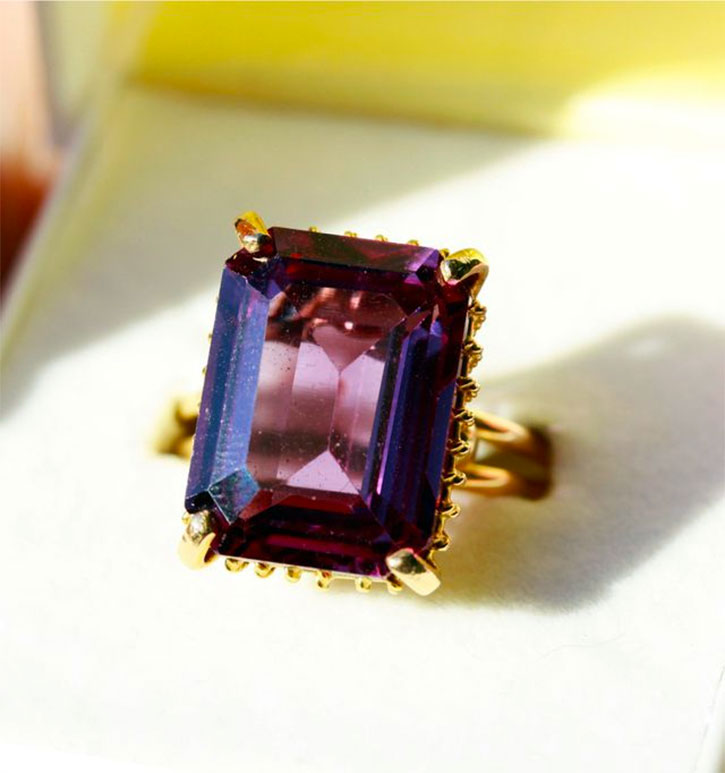
Amethyst has been the birthstone for February since the 15th century. In modern times, Amethyst was officially named the birthstone of February in 1912 by the National Association of Jewelers and remains unchanged since.

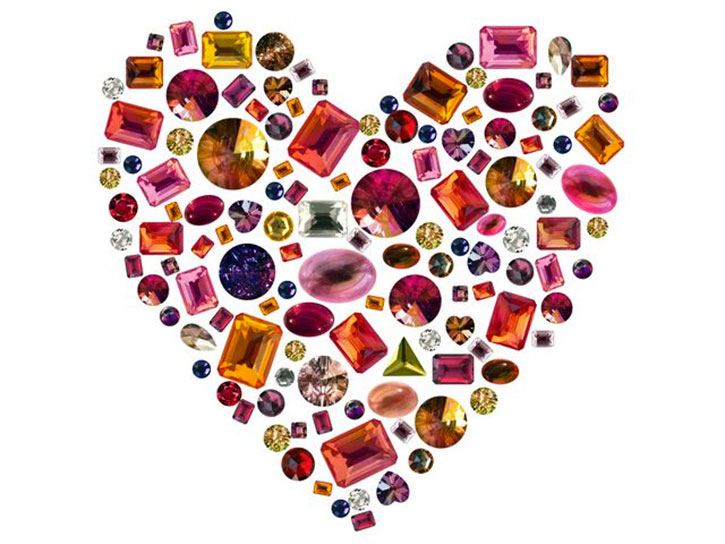 All About Tourmaline
All About Tourmaline